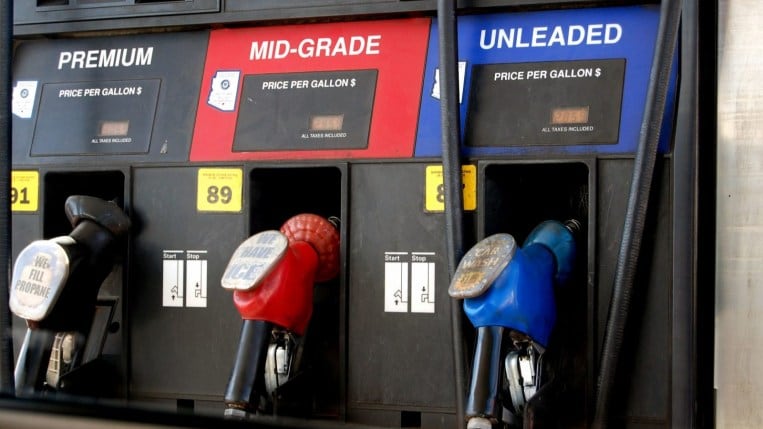
Refineries are just beginning to assess the damage. We are unlikely to have a reliable estimate of Hurricane Ida’s impact for several days. But one thing is immediately clear – gas prices are going up.
See the most fuel-efficient cars in every class
Motorists “can expect price fluctuations leading into Labor Day weekend,” AAA spokesperson Jeanette McGee said in a release. “Typically, a Category 4 storm could mean three-plus weeks before refineries are back to normal operations, while offshore production is more likely to resume this week.”
Even if refineries escaped serious damage, it may take weeks for them to get back online because they lack electricity.
Nine Steps That Improve Your Fuel Economy, and Three That Don’t
As of this morning, the region’s electric companies report more than 1 million customers without power. Restoring power could take longer than normal because the storm damaged not just the local distribution poles that spread electricity around a state, but also a series of enormous transmission towers that carry power to the region.
According to AAA, the nationwide average price for a gallon of gas stood at $3.16 this morning, up just one cent from the day before the storm. But wholesale gasoline futures were trading 10 cents higher than a week before, suggesting that a price bump is on the way.
Gas prices have risen nearly 80% since a pandemic-driven low in April of 2020. A shortage of tanker truck drivers has also contributed to the steady increase.







